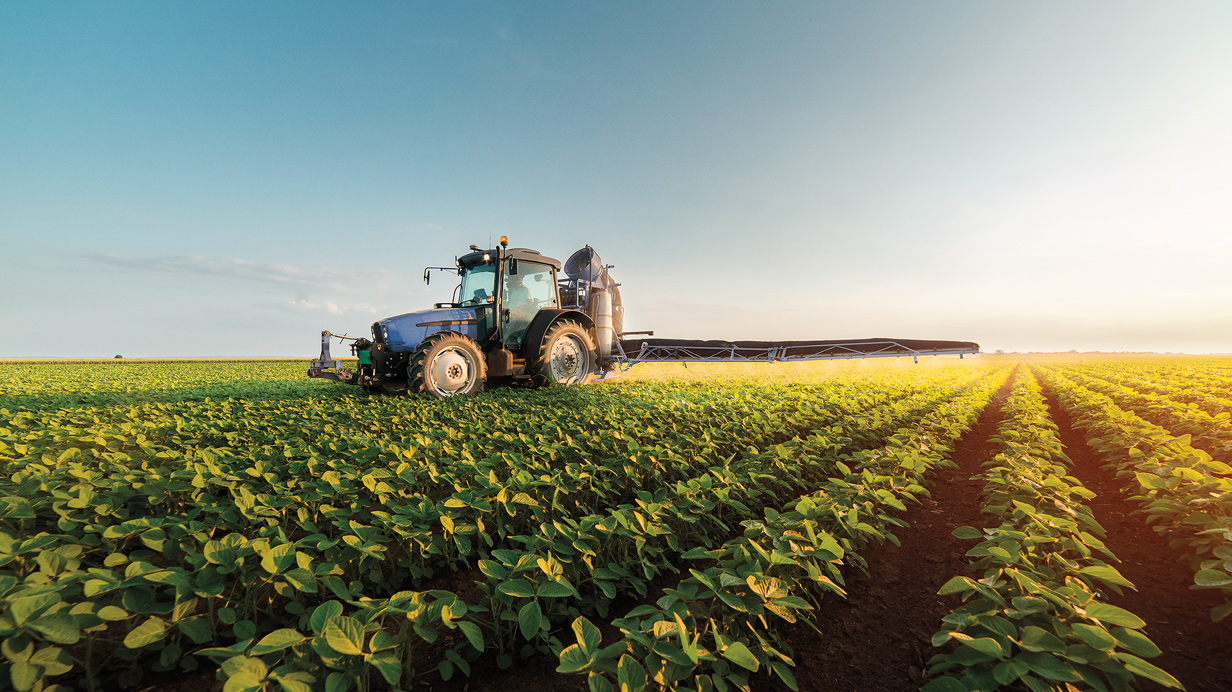How to reduce pesticide use on farms
One of the five objectives of Quebec’s Sustainable Agriculture Plan is to reduce the use of pesticides and the risks that they pose to health and the environment.
The government wants to reduce the amount of synthetic pesticide sold by 500,000 kg. It also wants to reduce the health and environmental risks index associated with the use of these products by 40 %.
Here are some ways to reduce pesticide use on the farm.
Mechanical work
Returning to hoeing, where possible, reduces the use of pesticides. More effective and targeted tools are now available for different types of weeds.
Crop rotation
More complex crop rotations containing forage crops or cereal grains make it possible to vary the phytosanitary products used. This also makes the soil healthier and more resilient.
Cover crops
Cover crops compete with weeds. They also prevent many unwanted weed seeds from returning to the soil and are therefore an excellent tool for reducing pesticide use.
Precision agriculture
The AgConnexion precision agriculture tool tracks the application of phytosanitary products and pests in the field. This careful monitoring can be used to develop a tailored strategy to reduce pesticide use and lower the associated risk index value.
Contract work
In cases where the appropriate tools and labour are not available on the farm, it is best to hire professionals who are equipped to apply and handle phytosanitary products.
Sensors, traps, and weather forecast models
The use of disease spore sensors, insect traps, and weather forecast models allows farmers to act only when necessary. This drastically reduces the amount of pesticide used during the season.
Low-risk products
To reduce the health and environmental risks associated with pesticide use, consider incorporating the use of low-risk products into your pest management strategy, and keep good records of product applications.


